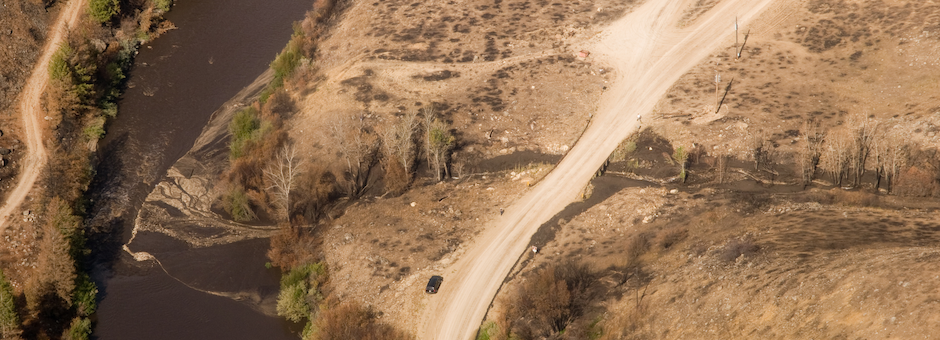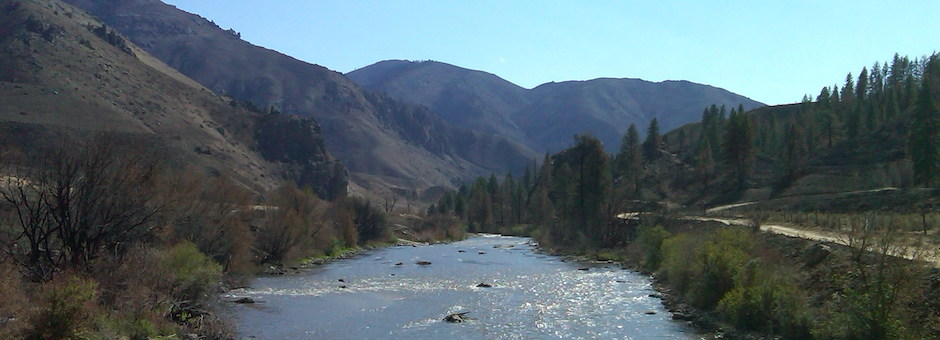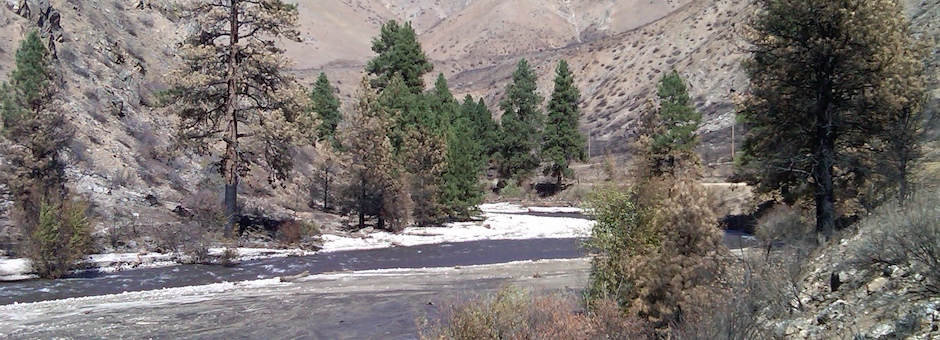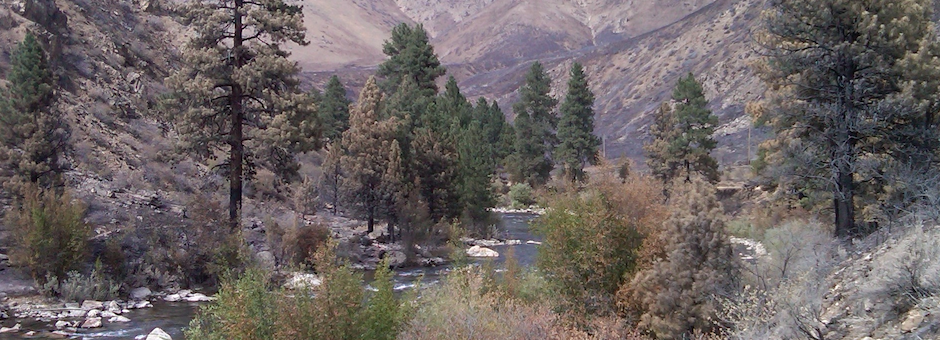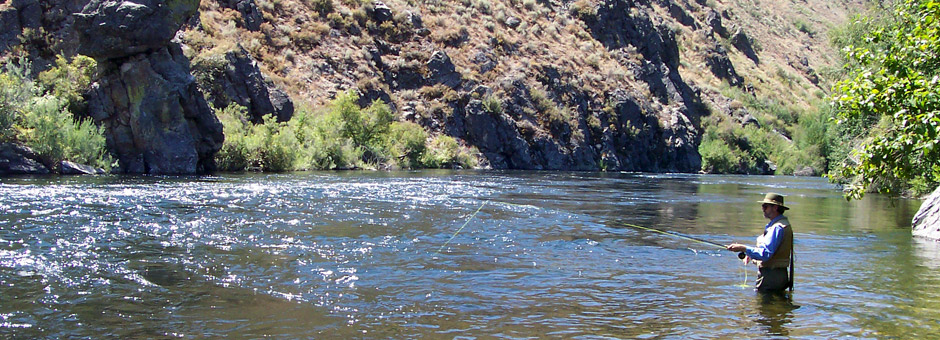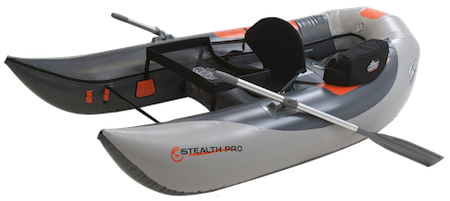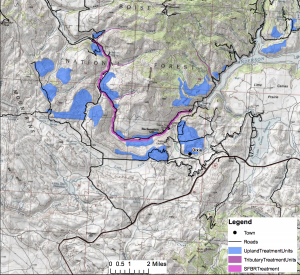Discharge from Anderson Ranch Dam remains at 300 cfs as we enter Memorial Day weekend. If you are wondering if this has ever happened before, at least in the modern era, the answer is no. Since the operations manual for the Boise River was adopted by the Bureau of Reclamation in the early 1980s the flows have increased to 600 cfs in early April in most of the years. The operations manual sets out a plan for the South Fork Boise to have 600 cfs around April 1 of each year to help water up some side channels and to provide more habitat for main stem spawning rainbow trout.
There were a couple of years where the April 1 plan was not met, such as in 1993 and 2002 when Anderson Ranch reservoir was approximately 25 percent full. The flows in those years did not increase until May. In 1987 and 1988 the flow increase was delayed for a couple of weeks. And now 2014 stands out as the latest year on record where we will probably come close to June before the river flows increase.

Approximate date each year when flows increased above the 300 cfs winter time minimum flow operation. Most years the flow would increase to 600 cfs in one day. Other years the increase was more protracted.
In 1997 there was so much water in the reservoir and snow piling up in the back country mountains that the river went from 300 cfs to 600 cfs the day after Christmas 1996. At the other extreme it was 1992 when Anderson Ranch reservoir was down to 45,000 acre feet, yet the flows did increase to 600 cfs anyway. Years 1993 and 2002 represent situations where the reservoir was on the empty side of things 115,000 and 145,000 acre feet respectively. And April 2014 the reservoir was in the same neighborhood, around 140,000 acre feet. One reason given for holding the river at 300 cfs is to
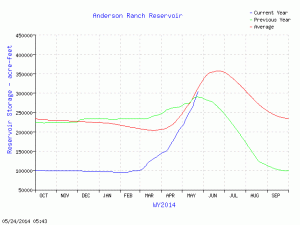 make repairs to the outlet and let the water go over the spillway for a few days. The hearsay in fishing and water circles is the operation is avoiding sending too much water to Arrowrock and Lucky Peak so flood control operations are averted. The effect of holding the flows at 300 cfs appears to be meeting an objective of keeping as much water in the most upstream storage location as possible. Since the first of April the water behind Anderson Ranch has doubled from 150,000 acre feet to approximately 300,000 acre feet. Full Pool is 413,000 acre feet so things have a ways to go. But in the last week the amount of water in the pool has surpassed that of last year and the blue line is converging on the red line of the long-term average. Holding the river at 300 cfs until Anderson Ranch reservoir is full may also create an opportunity for releasing a high flow or pulse of water through the South Fork to help move sediment that is in the river from last September’s debris flows. If an operation like that gets serious consideration we will provide more information on this website.
make repairs to the outlet and let the water go over the spillway for a few days. The hearsay in fishing and water circles is the operation is avoiding sending too much water to Arrowrock and Lucky Peak so flood control operations are averted. The effect of holding the flows at 300 cfs appears to be meeting an objective of keeping as much water in the most upstream storage location as possible. Since the first of April the water behind Anderson Ranch has doubled from 150,000 acre feet to approximately 300,000 acre feet. Full Pool is 413,000 acre feet so things have a ways to go. But in the last week the amount of water in the pool has surpassed that of last year and the blue line is converging on the red line of the long-term average. Holding the river at 300 cfs until Anderson Ranch reservoir is full may also create an opportunity for releasing a high flow or pulse of water through the South Fork to help move sediment that is in the river from last September’s debris flows. If an operation like that gets serious consideration we will provide more information on this website.
